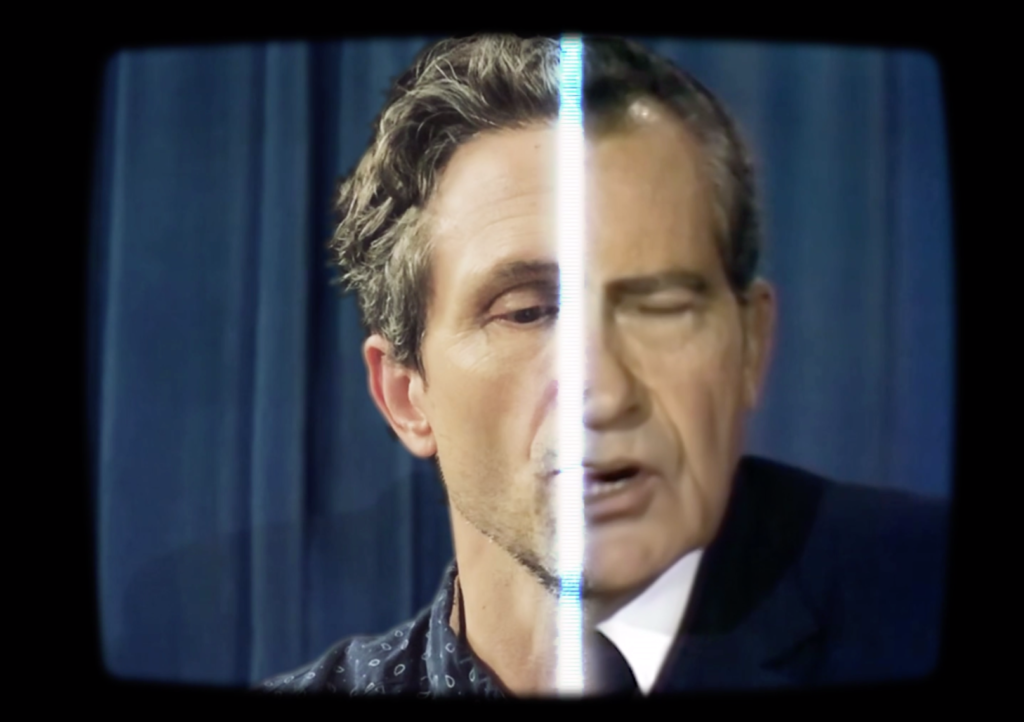Inside the strange new world of being a deepfake actor
To bring the experiment to life, they chose an equally provocative subject: they would create an alternative history of the 1969 Apollo moon landing. Before the launch, US president Richard Nixon’s speechwriters had prepared two versions of his national address—one designated “In Event of Moon Disaster,” in case things didn’t go as planned. The real Nixon, fortunately, never had to deliver it. But a deepfake Nixon could.

So Panetta, the creative director at MIT's Center for Virtuality, and Burgund, a fellow at the MIT Open Documentary Lab, partnered up with two AI companies. Canny AI would handle the deepfake video, and Respeecher would prepare the deepfake audio. With all the technical components in place, they just needed one last thing: an actor who would supply the performance.
“We needed to find somebody who was willing to do this, because it’s a little bit of a weird ask,” Burgund says. “Somebody who was more flexible in their thinking about what an actor is and does.”
For the visuals, Canny AI specializes in video dialogue replacement, which uses an actor’s mouth movements to manipulate someone else’s mouth in existing footage. The actor, in other words, serves as a puppeteer, never to be seen in the final product. The person’s appearance, gender, age, and ethnicity don’t really matter.
But for the audio, Respeecher, which transmutes one voice into another, said it’d be easier to work with an actor who had a similar register and accent to Nixon’s.
In some ways, there’s little difference between deepfake acting and CGI acting, or perhaps voice acting for a cartoon. Your likeness doesn’t make it into the final production, but the result still has your signature and interpretation. But deepfake casting can also go the other direction, with an person's face swapped into someone else’s performance.
While professionalized deepfakes have pushed the boundaries of art and creativity, their existence also raises tricky ethical questions. There are currently no real guidelines on how to label deepfakes, for example, or where the line falls between satire and misinformation.
See the full story here: https://www.technologyreview.com/2020/10/09/1009850/ai-deepfake-acting/?fbclid=IwAR371cqMtwsHj5wQ94RuubXQyIr1QzPAl-fDLdvBfGjAV4_fGI01WrL8D6o
Pages
- About Philip Lelyveld
- Mark and Addie Lelyveld Biographies
- Presentations and articles
- Tufts Alumni Bio